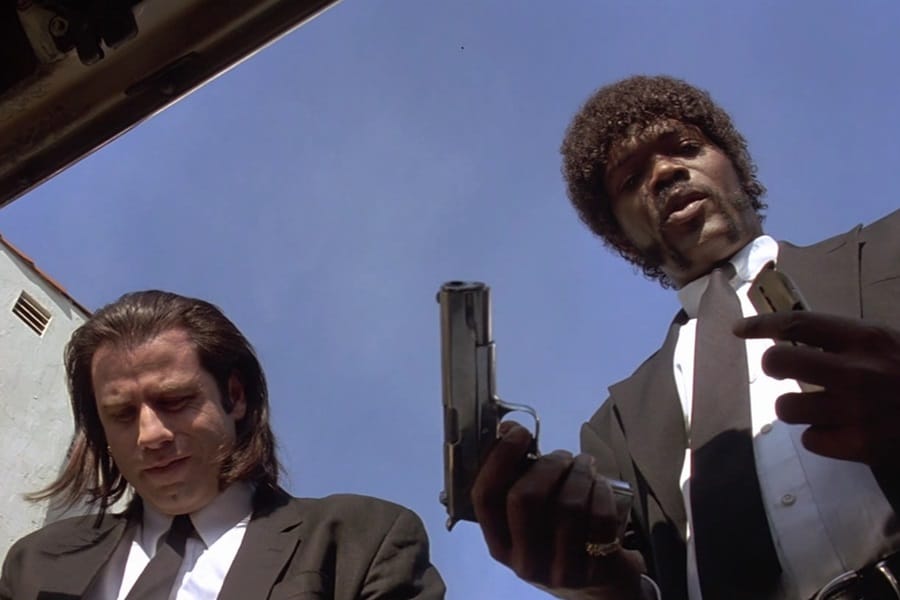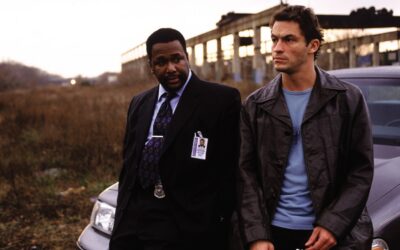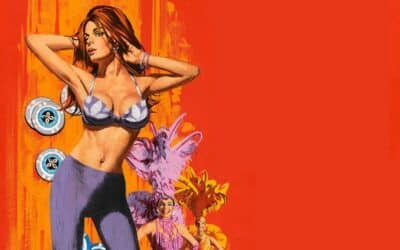
Pulp Crime
Pulp crime fiction, a genre as gritty and vibrant as the seedy underbellies it often depicts, has long fascinated readers and viewers alike. This genre, with its roots in the pulp magazines of the early 20th century, is characterized by its fast-paced, action-packed narratives and morally ambiguous characters. Pulp crime isn’t just a style of storytelling; it’s an experience, a foray into a world where right and wrong are as blurred as the ink on cheap paper.
The term “pulp” originates from the inexpensive wood pulp paper on which these stories were originally printed. Pulp magazines were the home of hard-boiled detectives, cunning criminals, and damsels in distress – or sometimes, damsels causing distress. The genre has evolved over the years, but its core elements remain the same: concise, punchy storytelling with a focus on plot over character development and a penchant for the sensational.
Dashiell Hammett, one of the pioneers of pulp crime fiction, introduced readers to the iconic Sam Spade in “The Maltese Falcon.” Although this novel is off-limits for a deeper dive here, Hammett’s influence on the genre is undeniable. His stories were filled with sharp dialogue, complex plots, and an air of cynicism, setting the tone for many pulp crime narratives that followed.
Raymond Chandler’s Philip Marlowe, another quintessential pulp detective, walked the mean streets of Los Angeles in novels like “The Big Sleep” and “Farewell, My Lovely.” Marlowe was a new kind of protagonist – a private eye with a moral code, navigating a world where the line between the law and the lawless was often indistinct. Chandler’s contribution to the genre was his ability to weave poetic descriptions into hard-boiled narratives, elevating pulp crime fiction to a form of literary art.
Jumping forward in time, the film “Pulp Fiction,” directed by Quentin Tarantino, pays homage to the pulp crime genre. Though not based on a specific book, this film captures the essence of pulp through its interwoven stories of crime, violence, and redemption. Its non-linear narrative and memorable characters are a nod to the pulps’ influence on modern storytelling.
In the literary world, James Ellroy’s “L.A. Confidential” explores the dark side of 1950s Los Angeles, with corrupt cops, glamorous movie stars, and a series of murders. Ellroy’s writing is dense and complex, featuring rapid-fire dialogue and a multi-layered plot – hallmarks of classic pulp crime fiction but executed with a modern flair.
Elmore Leonard’s works, including “Get Shorty” and “Out of Sight,” also embody pulp crime elements. Leonard was known for his snappy dialogue, offbeat humor, and quirky characters – aspects that breathed new life into the genre. His books often explore the criminal underworld, but with a lightness and wit that set them apart from their darker predecessors.
The world of television has also been influenced by pulp crime. The series “Fargo,” inspired by the Coen Brothers’ movie of the same name, captures the essence of pulp with its blend of dark humor, sudden violence, and ordinary people finding themselves in extraordinary situations. Each season presents a new story and characters, but the tone remains unmistakably pulp.
Pulp crime fiction’s appeal lies in its unapologetic embrace of the sensational. It doesn’t shy away from violence, sex, or moral ambiguity. Instead, it dives headfirst into these themes, presenting stories that are both thrilling and thought-provoking. The genre often serves as a mirror, reflecting society’s darker aspects and the complexities of human nature.
The language of pulp crime is as distinctive as its plots. It’s direct, unadorned, and often laced with a dark humor. The dialogue crackles with energy, moving the story along at a brisk pace and keeping readers and viewers hooked. This efficient use of language is one of the genre’s strengths, creating a rhythm that propels the narrative forward.
Pulp crime also often features a distinct setting – whether it’s the foggy streets of San Francisco in Hammett’s stories or the sun-baked avenues of Miami in Leonard’s tales. The setting becomes a character in itself, shaping the story and adding to the atmosphere. The genre’s ability to transport readers to these vividly drawn locales is part of its enduring charm.
The female characters in pulp crime have evolved significantly over the years. While early pulp often relegated women to the role of femme fatales or victims, modern interpretations of the genre have seen more complex and empowered female characters. This evolution reflects broader changes in society and adds a refreshing dimension to the genre.
In summary, pulp crime is a genre that thrives on the edge. It’s a world of fast talkers and quick thinkers, where the stakes are high, and the morals are flexible. From the shadowy streets of classic detective novels to the stylishly violent scenes of modern films and TV shows, pulp crime continues to captivate and entertain. It’s a testament to the enduring power of a good story, told with gusto and a touch of grit. Whether through the pages of a book or the scenes of a screen adaptation, pulp crime offers an escape into a world that’s at once familiar and thrillingly exotic.
More Crime Features
Criminal Fashion
Iconic Outfits and Styles in Crime Fiction
Ethics in Crime Fiction
Exploring Morality in Law and Order
Hard Case Crime
Celebrating its 20th anniversary



